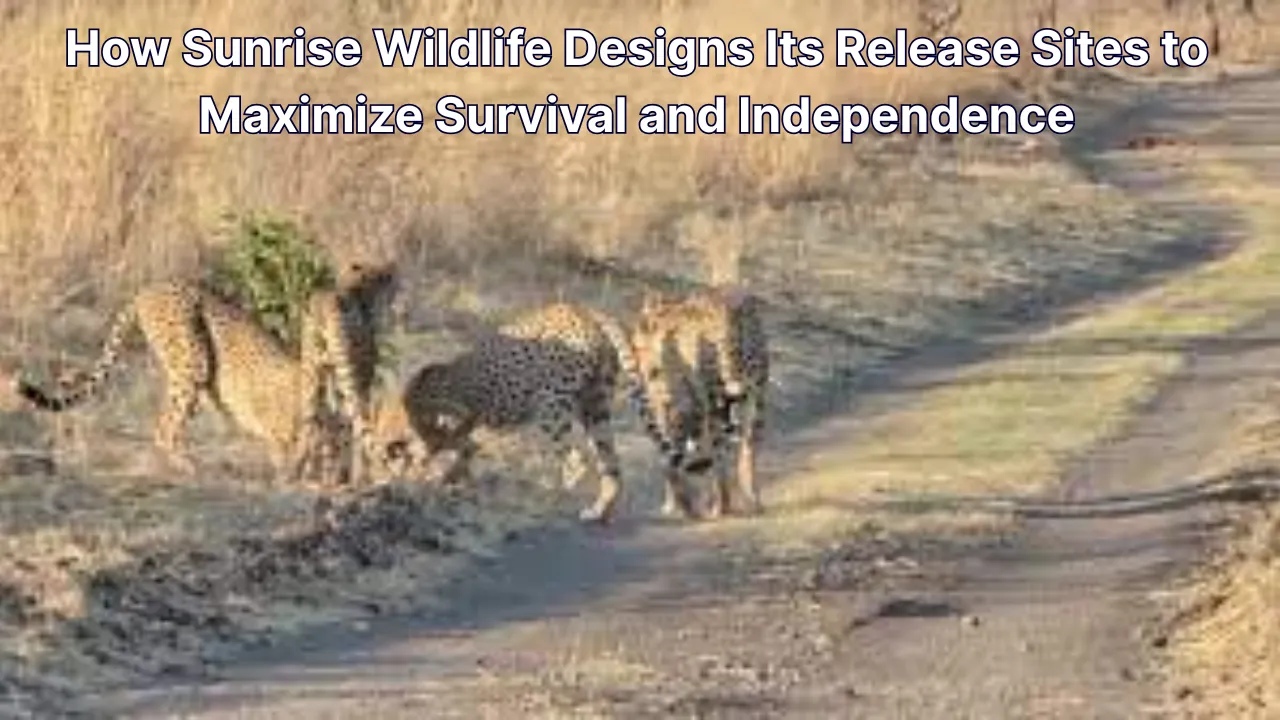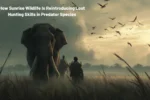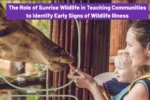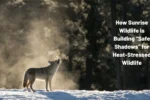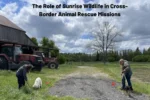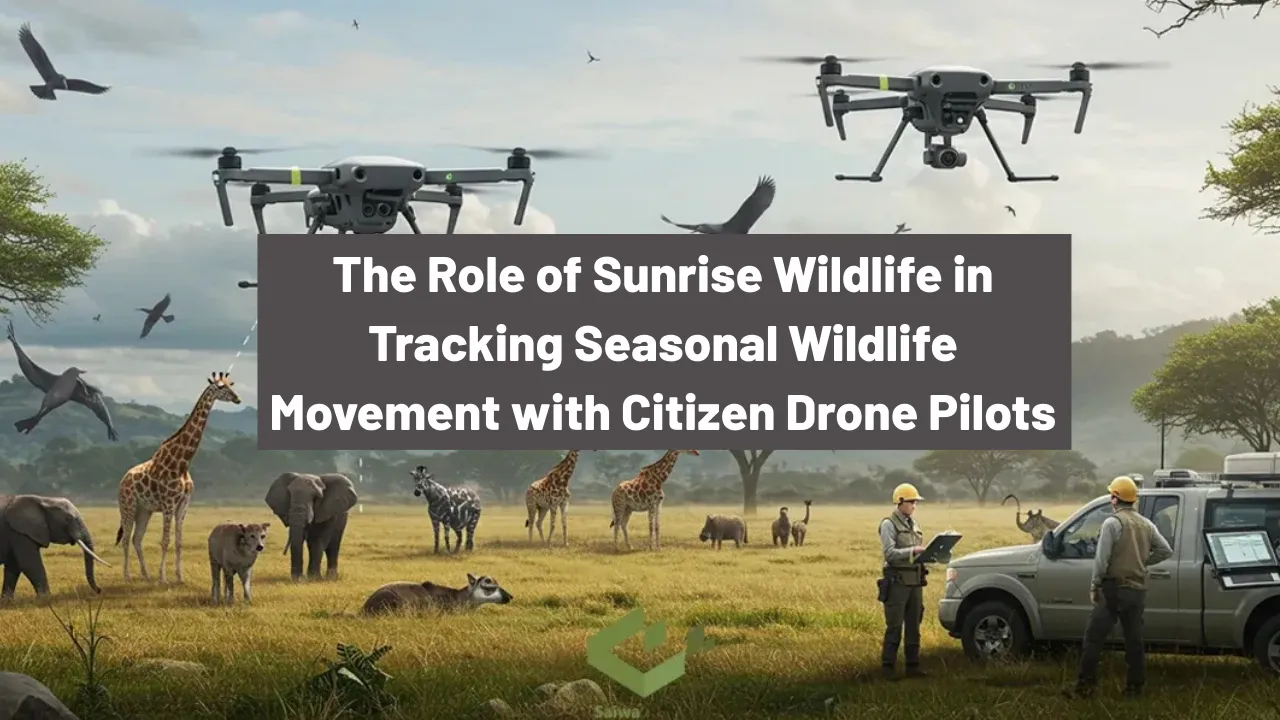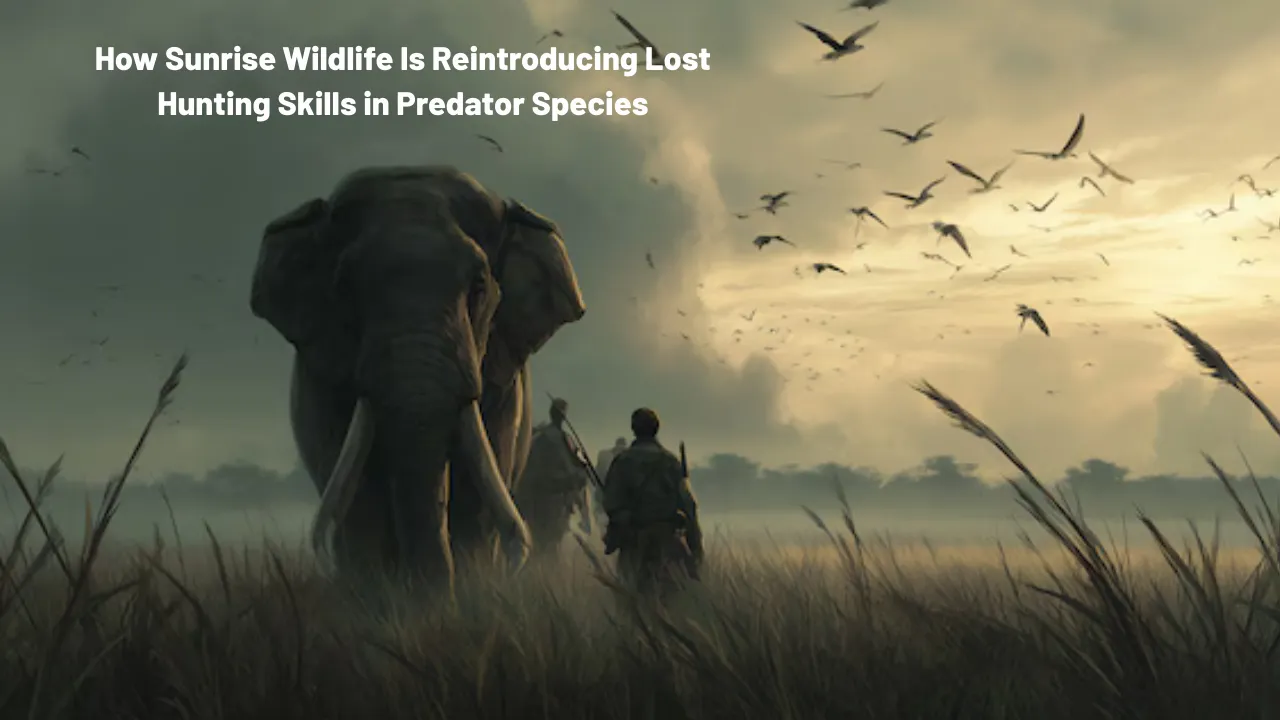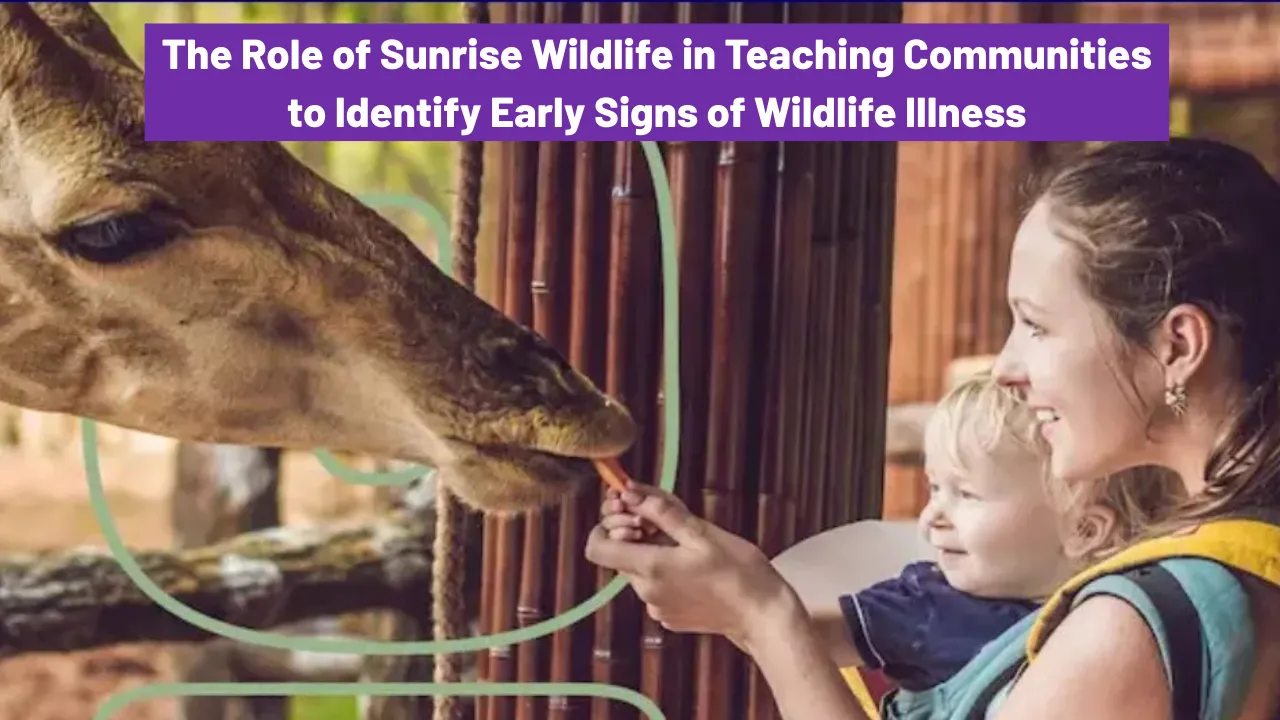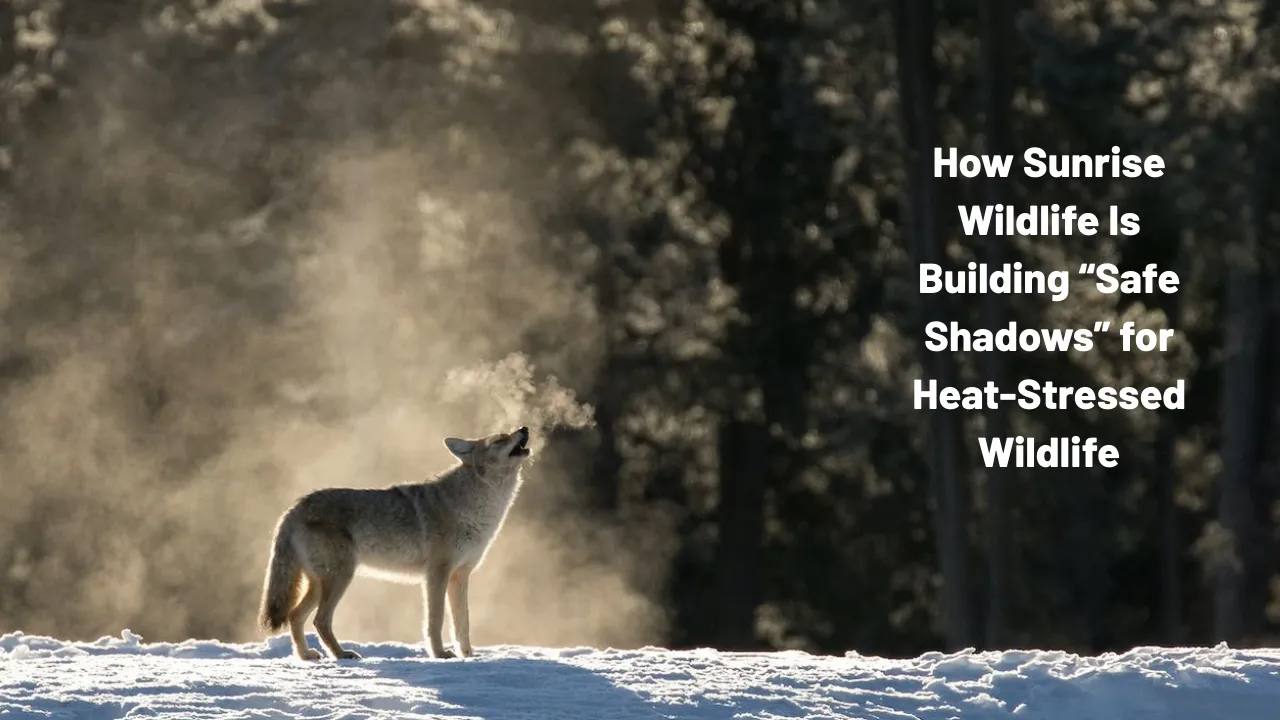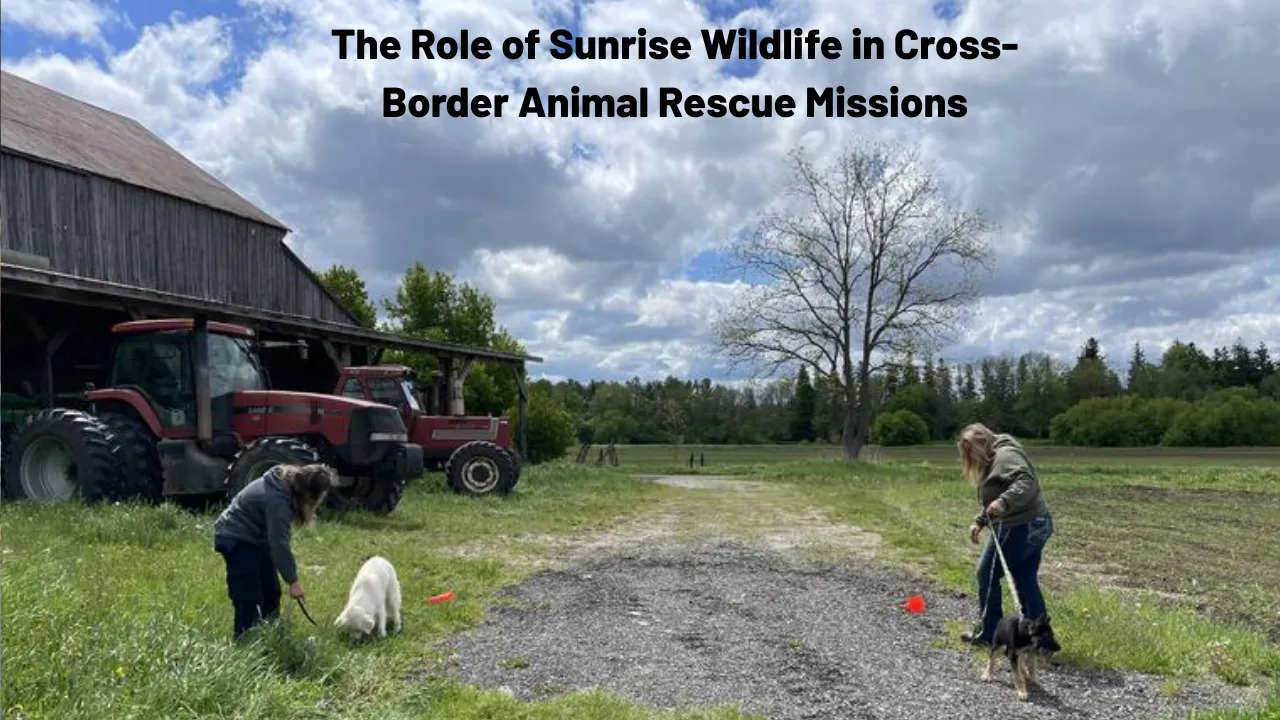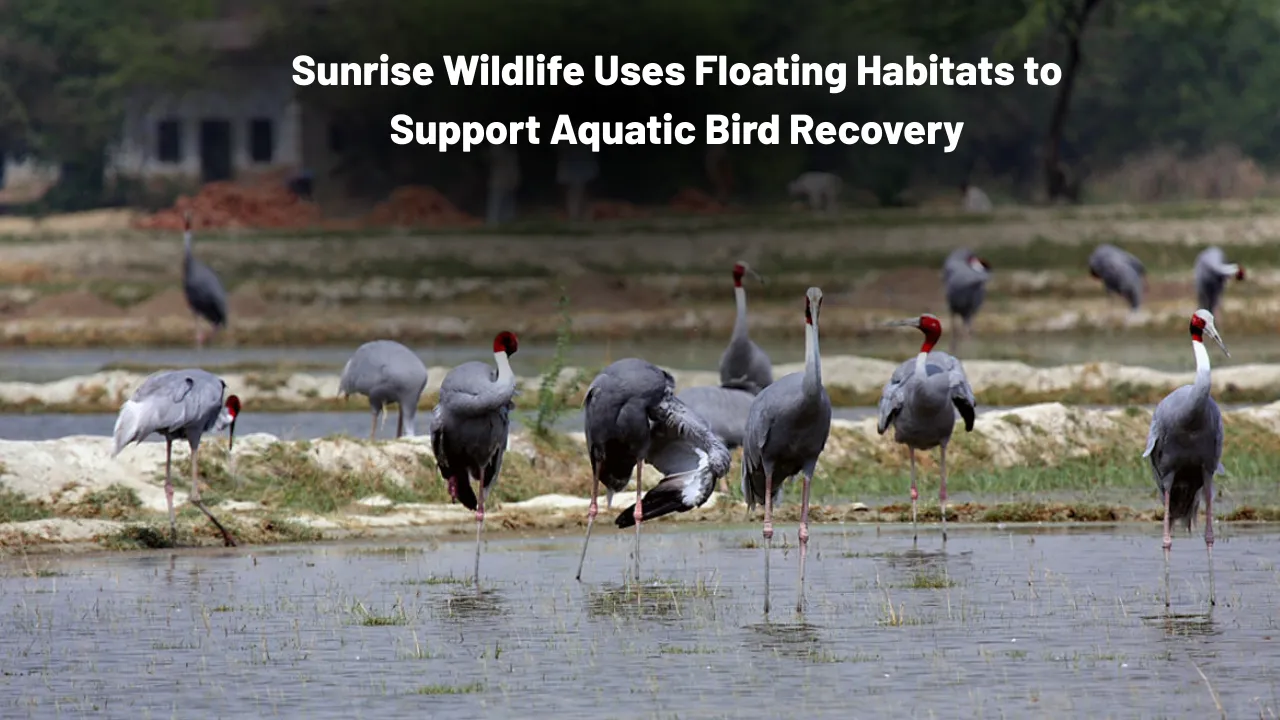How Sunrise Wildlife Balances Survival and Independence: Sunrise Wildlife is setting a new standard in how animals are returned to the wild. It’s not just about healing; it’s about long-term survival. Through thoughtful, science-based practices, Sunrise Wildlife ensures every animal has the highest possible chance of thriving after its release. Their mission is deeply rooted in the belief that true success isn’t measured at the point of rescue, but in how well an animal lives independently in its natural environment.
This article takes a deep dive into the strategies Sunrise Wildlife uses to design release sites that truly support animal independence. We’ll look at the unique factors they consider, how they build survival into every step, and why their methods offer a model for wildlife rescue organizations everywhere. From habitat evaluation to post-release care, this is a closer look at how every detail matters in the wild.
How Sunrise Wildlife Balances Survival and Independence
At the heart of Sunrise Wildlife’s approach is a careful balance between restoring an animal’s health and preparing it to thrive independently. They believe wildlife rehabilitation must lead to functional reintegration into the wild. That’s why their release sites are never random—they’re the result of careful research, fieldwork, and ecological planning. These sites are built around the animal’s instinctual behaviors, environmental familiarity, and long-term safety. With a deep understanding of each species’ natural needs, Sunrise Wildlife aligns release conditions with the goal of full autonomy, not just temporary survival. This holistic, species-specific release strategy is what sets their approach apart.
Overview of Sunrise Wildlife Release Planning
| Key Factor | Description |
| Habitat Suitability | Matching the natural environment of the species |
| Safety From Predators | Minimizing threats from predators and humans |
| Food and Water Sources | Ensuring self-sufficiency through natural resources |
| Social Structure Compatibility | Releasing into appropriate social or territorial conditions |
| Gradual Reintroduction | Utilizing soft release to reduce stress |
| Post-Release Monitoring | Using tech to track progress and wellbeing |
| Human Disturbance Avoidance | Choosing areas with minimal human activity |
| Shelter Availability | Providing immediate cover for safety |
Choosing the Right Habitat
The first decision in the release process is where. Sunrise Wildlife prioritizes placing animals in areas that mirror their native natural habitat as closely as possible. That means assessing everything from vegetation and climate to terrain and elevation. Different species have unique needs, and placing them in the wrong environment could set them up for failure.
This habitat selection also includes studying existing animal populations. The team checks for overcrowding, available food sources, and the presence of predators. Areas near human settlements are immediately ruled out to prevent the risk of animal-human conflict, which is a major issue in wildlife conservation efforts.
By using this detailed process, Sunrise Wildlife ensures that each animal is released into a place where it can adapt and survive on its own.
Gradual Release Technique
Soft release, a method championed by Sunrise Wildlife, allows animals to transition into the wild gradually. Instead of opening a gate and setting them free, animals are given time in an enclosure at the release site to adjust to their new surroundings.
These enclosures are temporary but mimic the wild. Animals learn where to find shelter, locate food sources, and navigate the area. When they’re ready, access points are opened, allowing them to explore freely but return if needed. This approach is especially beneficial for younger or long-rehabilitated animals who need to relearn wild instincts.
Through this method, animals build confidence and resilience before facing full independence.
Monitoring After Release
Even after release, the job isn’t done. Post-release monitoring is a vital part of the process. Sunrise Wildlife uses GPS tracking collars, camera traps, and even old-fashioned field observations to keep an eye on the animals.
This step isn’t about interference—it’s about learning. Tracking helps the team understand how well the animals are adapting. Are they finding food? Are they moving naturally through their territory? If an animal appears injured, lost, or ill, staff can intervene quickly.
This data doesn’t just help individual animals—it improves future release strategies, making the program more effective over time.
Importance of Natural Food Sources
No animal can survive without access to food. That’s why Sunrise Wildlife ensures that every release site contains abundant, species-appropriate natural food sources. This could include berry-producing bushes for herbivores, prey populations for carnivores, or specific insect populations for birds.
Animals are monitored pre-release to ensure they can forage, hunt, or fish without assistance. If there’s any doubt, additional training or rehabilitation is provided before considering release.
This commitment to ensuring food availability means that animals aren’t dependent on humans or in danger of starvation once they’re back in the wild.
Social Structure and Territory
Every species has social behaviors, whether they’re solitary or thrive in groups. Sunrise Wildlife recognizes that releasing an animal into a populated area without considering territorial lines can cause major conflicts. For that reason, the team assesses existing populations and social dynamics before release.
Animals like foxes or raccoons, which may be territorial, are given wide-ranging territories that avoid competition. On the other hand, pack-oriented animals or flocking birds may be released in small groups to simulate natural bonding.
This attention to territorial compatibility and social structure increases the chances of integration and long-term success.
Key Elements of Sunrise Wildlife Release Site Design
- Shelter and Cover: Safe hiding places are non-negotiable. Natural shelters like shrubs, trees, burrows, and rocks are selected to provide comfort and security immediately upon release.
- Water Sources: Clean, year-round water access is another vital consideration. Whether it’s a stream, pond, or underground spring, animals need reliable hydration to survive.
By focusing on shelter and water, Sunrise Wildlife creates a launch point for independence that doesn’t rely on artificial support.
Avoiding Human Disturbance
One of the top reasons wildlife fails after release is human interference. Whether it’s roads, poachers, or urban sprawl, human contact increases stress and reduces survival rates. That’s why Sunrise Wildlife actively avoids areas with hiking trails, noise, traffic, or other disruptions.
The goal is to allow the animal to truly return to the wild—not a semi-natural park, but a remote, quiet environment where instincts can fully take over.
Learning from Experience
Experience shapes future success. Every release, whether it ends well or requires a rescue, becomes a valuable case study. Sunrise Wildlife logs all outcomes and shares findings with other wildlife rehabilitation centers to improve national and global practices.
This transparency and commitment to evolving based on real-world data keep them at the forefront of wildlife rescue and conservation strategies.
FAQs
1. Why does Sunrise Wildlife use soft release instead of hard release?
Soft release allows animals to slowly adjust to the wild, reducing stress and increasing chances of survival, especially for young or long-term captive animals.
2. How long are animals monitored after release?
Monitoring varies by species but typically continues for several weeks to several months, ensuring the animal adapts successfully.
3. What happens if an animal can’t survive on its own?
If monitoring reveals a problem, the animal may be recaptured for further care or relocated to a more suitable environment.
4. Does Sunrise Wildlife work with endangered species?
Yes, they often collaborate with state and federal agencies to rehabilitate and release endangered or protected species.
5. Can people visit or help with the release process?
For the safety of the animals, release locations are kept confidential and are not open to the public, but volunteers may assist during rehabilitation.
Final Thought
The release of a wild animal is a moment of hope, but it’s only successful if that animal can truly live free. Sunrise Wildlife has mastered the delicate process of returning animals to nature with thought, care, and unmatched precision. Their strategies don’t just give animals a second chance—they give them a future.
If you care about wildlife, consider supporting organizations that go beyond rescue and truly invest in independence. Share this article, leave a comment, or explore more about how you can help protect the wild around you.
